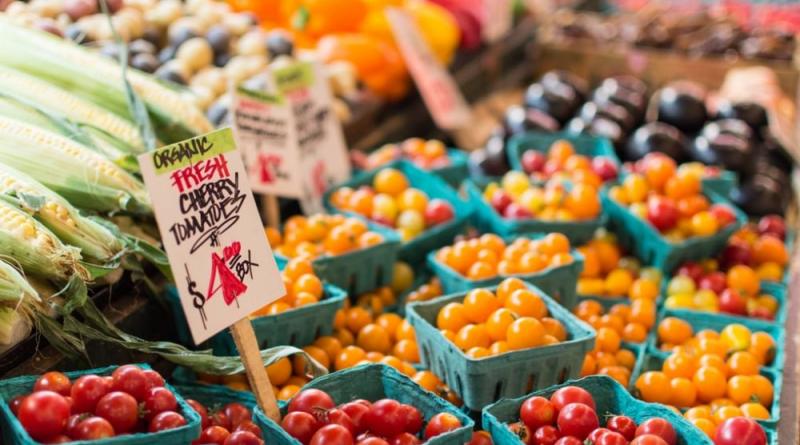Changing our diet by 2050 is essential to achieving a sustainable future, new report reveals

The World Resources Institute offers up a five course ‘Menu of Solutions’ to achieve a sustainable food future
As the world’s population is expected to reach nearly 10 billion by 2050, a new report by the World Resource Institute reveals the global food system must undergo urgent change to ensure there is adequate food for everyone without destroying the planet.
The World Resources Report: Creating s Sustainable Food Future reveals that meeting this challenge will require closing three gaps:
- A 56 percent “food gap” between what was produced in 2010 and food that will be needed in 2050;
- A nearly 600 million-hectare “land gap” (an area nearly twice the size of India) between global agricultural land area in 2010 and expected agricultural expansion by 2050; and
- An 11-gigaton “greenhouse gas mitigation gap” between expected emissions from agriculture in 2050 and the level needed to meet the Paris Agreement.
The report urges significant adjustments in the production of food as well as changes in people’s consumption, providing policymakers, businesses and researchers a comprehensive roadmap for how to create a sustainable food system from farm to plate.
Andrew Steer, President and CEO of the World Resources Institute said:
“Millions of farmers, companies, consumers and every government on the planet will have to make changes to meet the global food challenge. At every level, the food system must be linked to climate strategies as well as ecosystem protections and economic prosperity”
Produced in partnership with the World Bank, UN Environment, UN Development Programme, and the French agricultural research agencies CIRAD and INRA, the report the offers five solutions to ensure a sustainable food system by 2050:
- Reduce growth in demand by cutting food loss and waste, eating healthier diets, and more;
- Increase food production without expanding agricultural land area via yield gains for both crops and livestock;
- Protect and restore natural ecosystems by reducing deforestation, restoring peatlands, and linking yield gains with ecosystem conservation;
- Increase fish supply by improving aquaculture systems and better managing wild fisheries; and
- Reduce greenhouse gas emissions from agricultural production through innovative technologies and farming methods.
Shifting consumption patterns, increasing the productivity of crops and livestock, and improving the efficiency of inputs like fertilizers can significantly reduce emissions and the demand for land while raising agricultural incomes. To hold global warming below a 1.5°C increase above preindustrial levels would require doing this and everything else on the five-course menu of solutions, plus reforesting more than 585 million hectares (1.4 billion acres) made available by these demand- and supply-side efficiency gains.
July 2019





